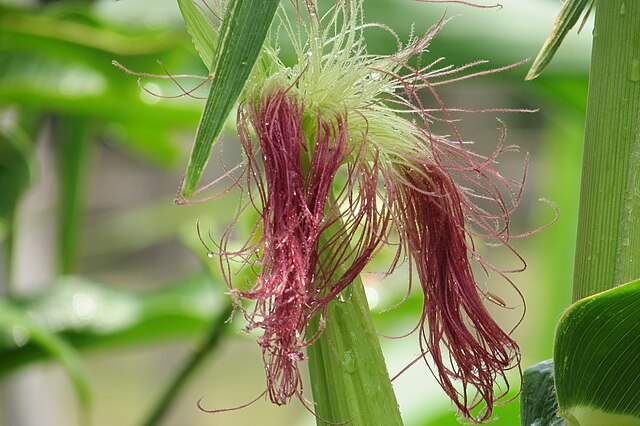Grain prices in Western Equatoria State in South Sudan under the World Food Program (WFP)’s buying initiative have fallen to $300 a tonne.
Farmers blame this state of events to middlemen who buy on behalf of WFP, thereby losing $100 a tonne.
According to Anthony Ezekiel of Yambio Farmers and Business Cooperative on May 1, 2024, the current price fell from the original $400 a tonne of 2017.
He said that indirect buying on behalf of WFP’s Smallholder Agriculture Market Support program has occasioned the farm-gate drop.
Better Maize Production
All the same, most locals of Yambio admit that the coming of WFP’s farmer support has advanced their lives.
Before the program, they would produce maize in bulk and it would not find a direct market. Now, however, they are able to diversify and get decent quotations from WFP under Germany government’s funding.
Given that WFP purchases 455 tonnes from family farmers, this in turn boosts production in Western Equatoria.
Farmers told One Citizen Daily newspaper on May 6, 2024 how they now reap thirty-nine 50-kilo sacks instead of one. They attribute the increase to a ready market, which encourages more productivity.
Free Market Prices Up
Furthermore, grain producers can count on currency depreciation and tight supplies to sell their maize expensively in non-WFP markets.
In April 2024, the Food and Agricultural Organization (FAO) reported that maize prices in South Sudan were already up by 70-90%.
A 50 kg bag of maize sold at an average SSP 55,000 ($422.4), equivalent to SSP 1,100 ($8.45) per kg.
In March, the government set up cheap grain stores in Juba that charged SSP 30,000 ($230.4) per 50 kg of maize.
South Sudan is an extra source of cereals for the East African market. Production was highest in 2022 at 936,200 tonnes.
